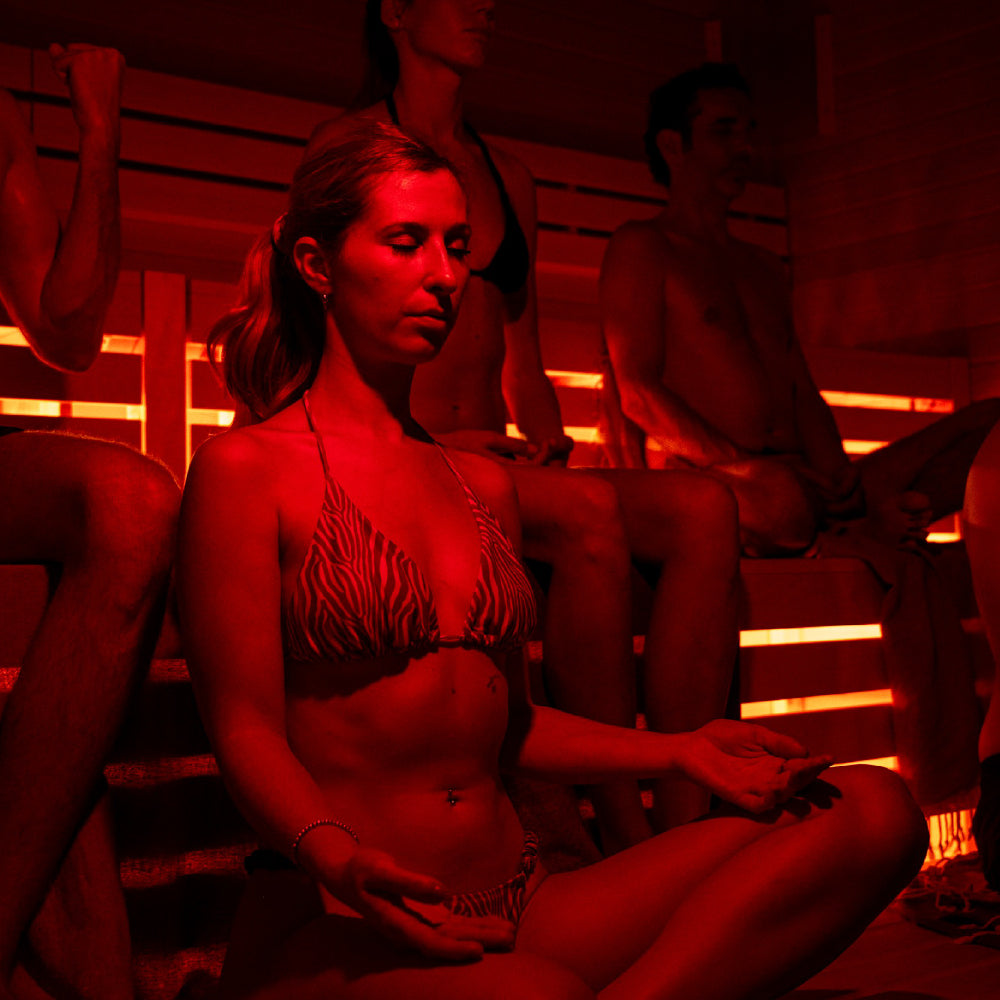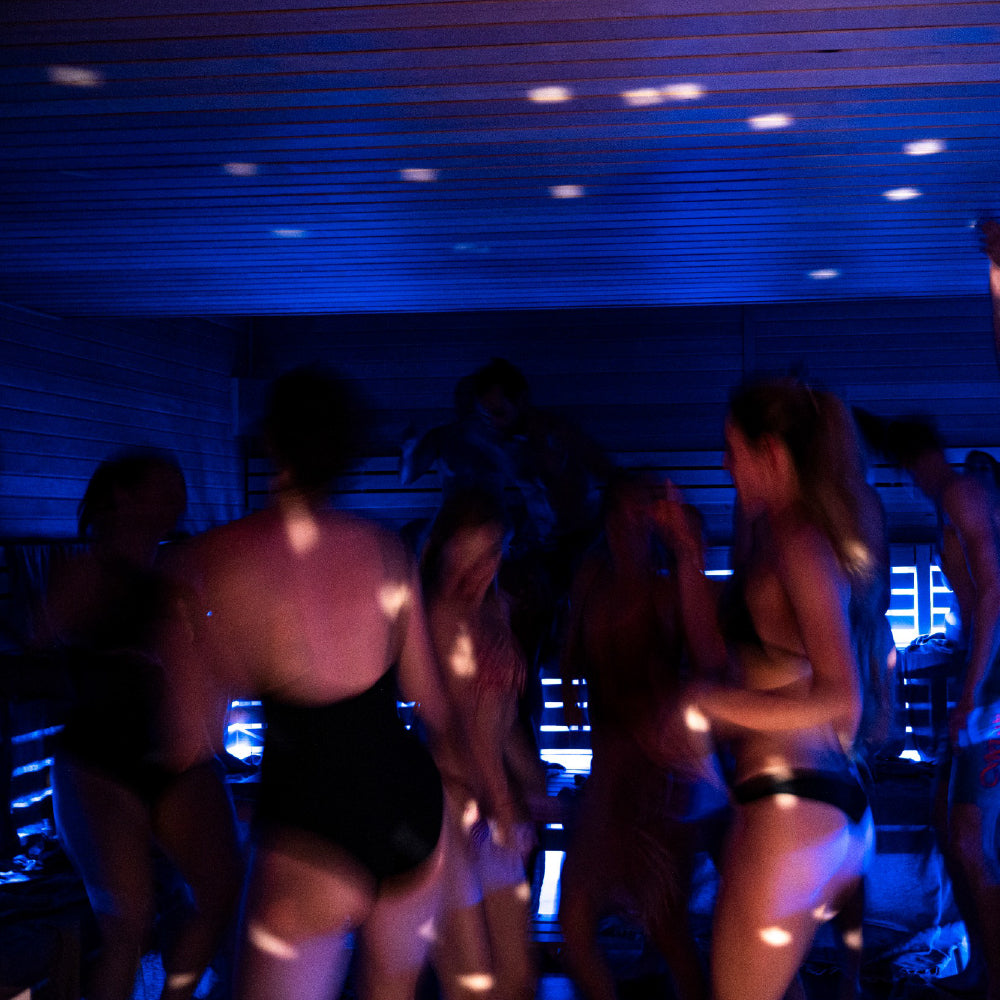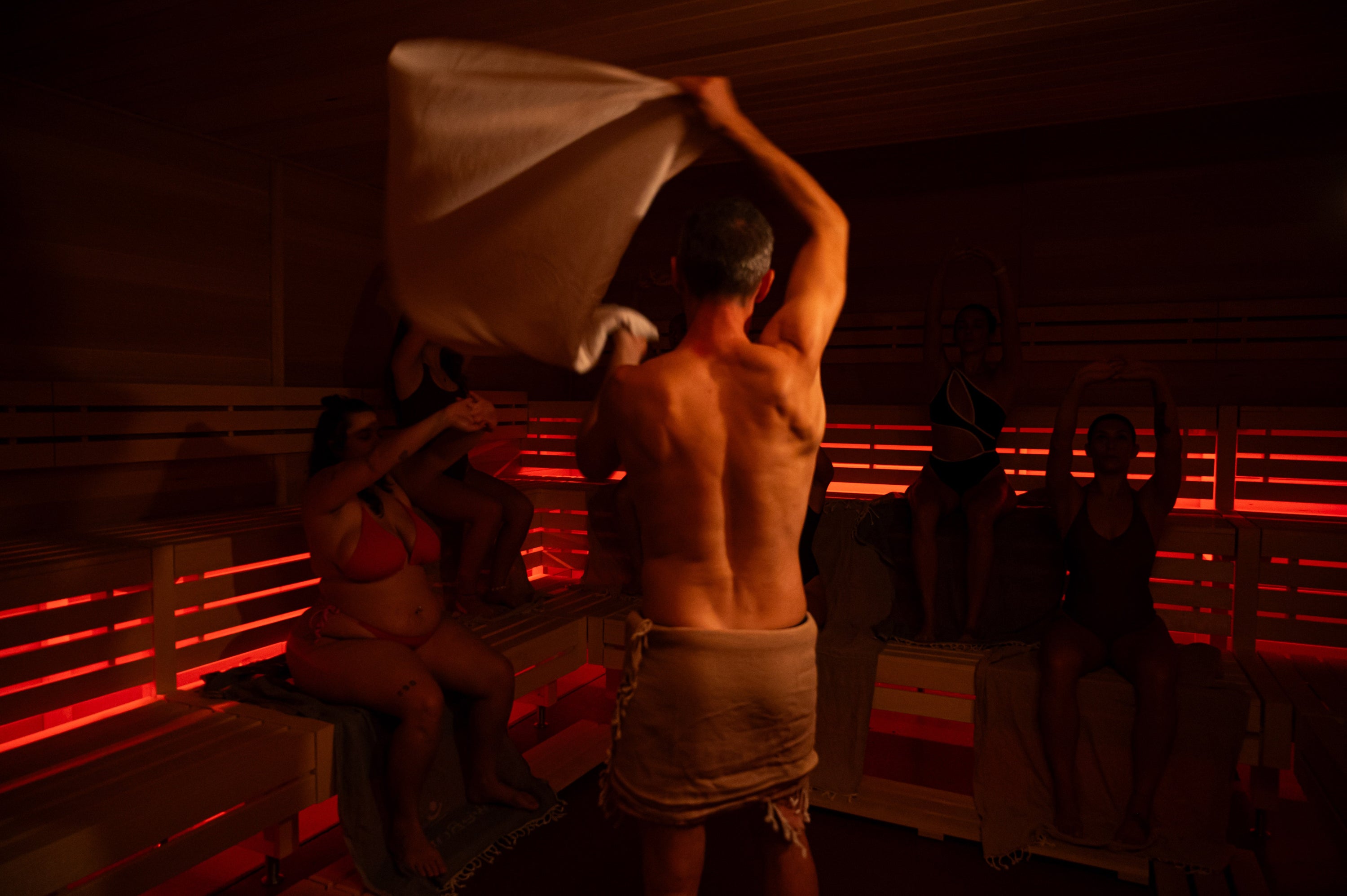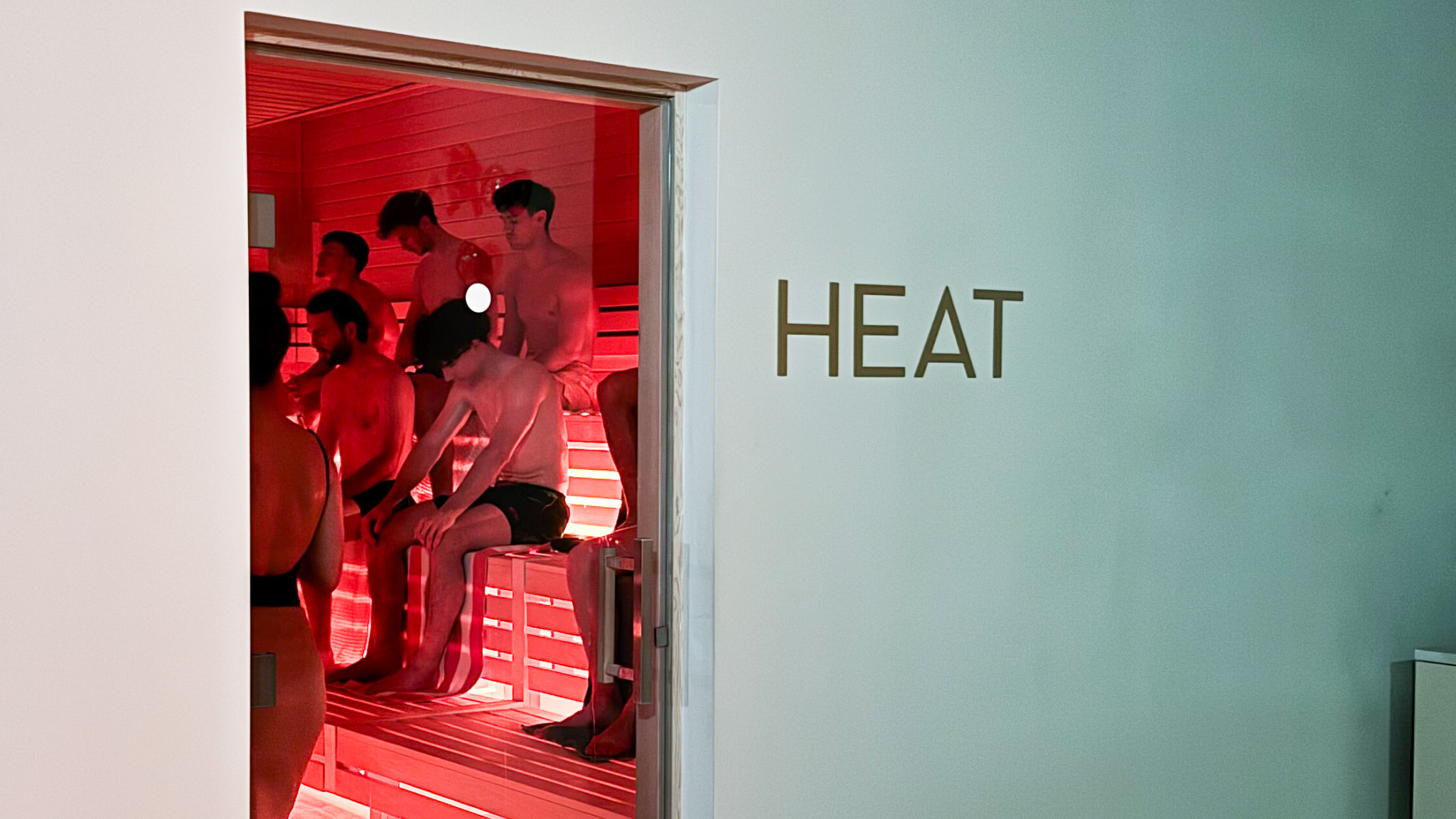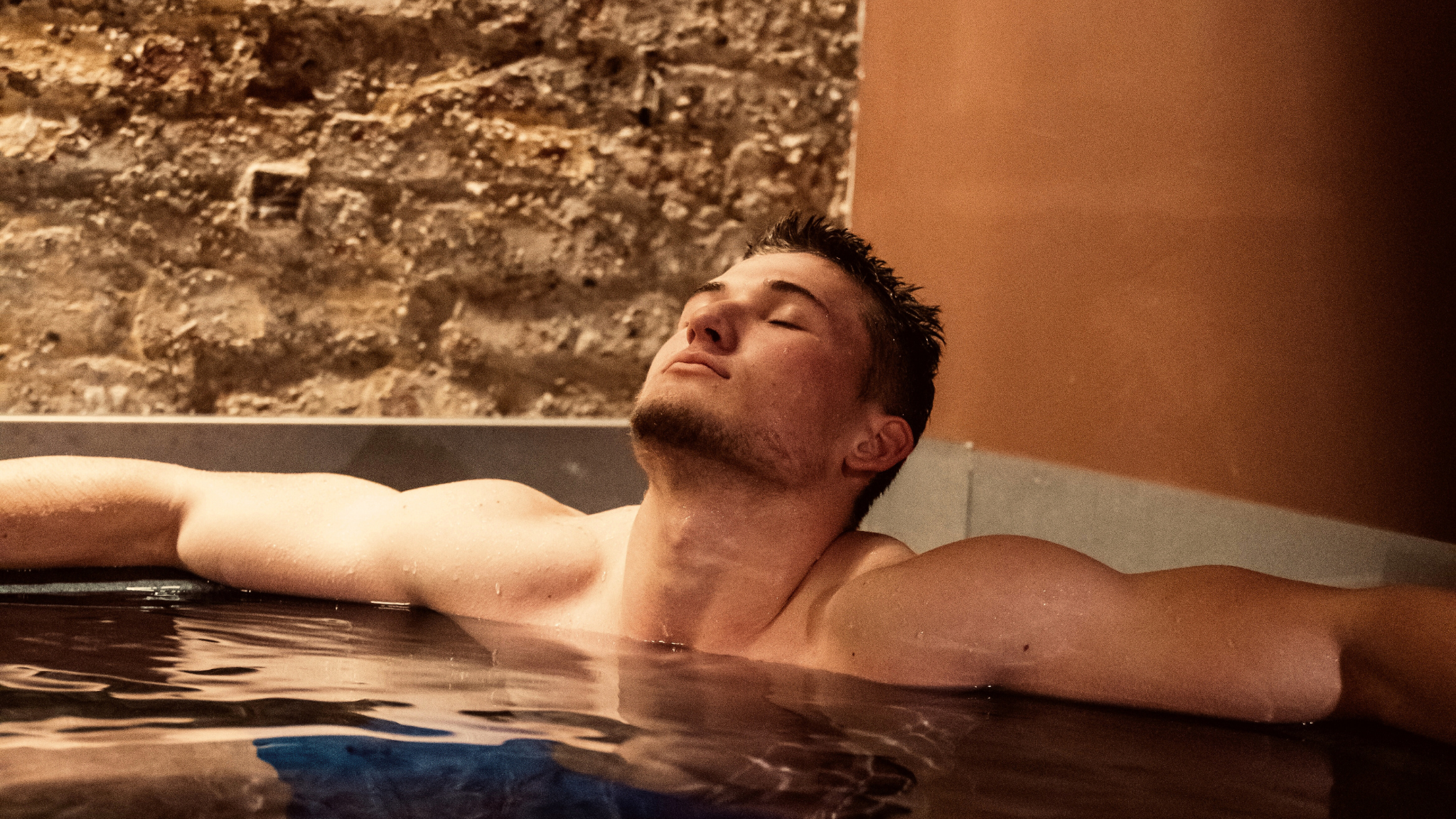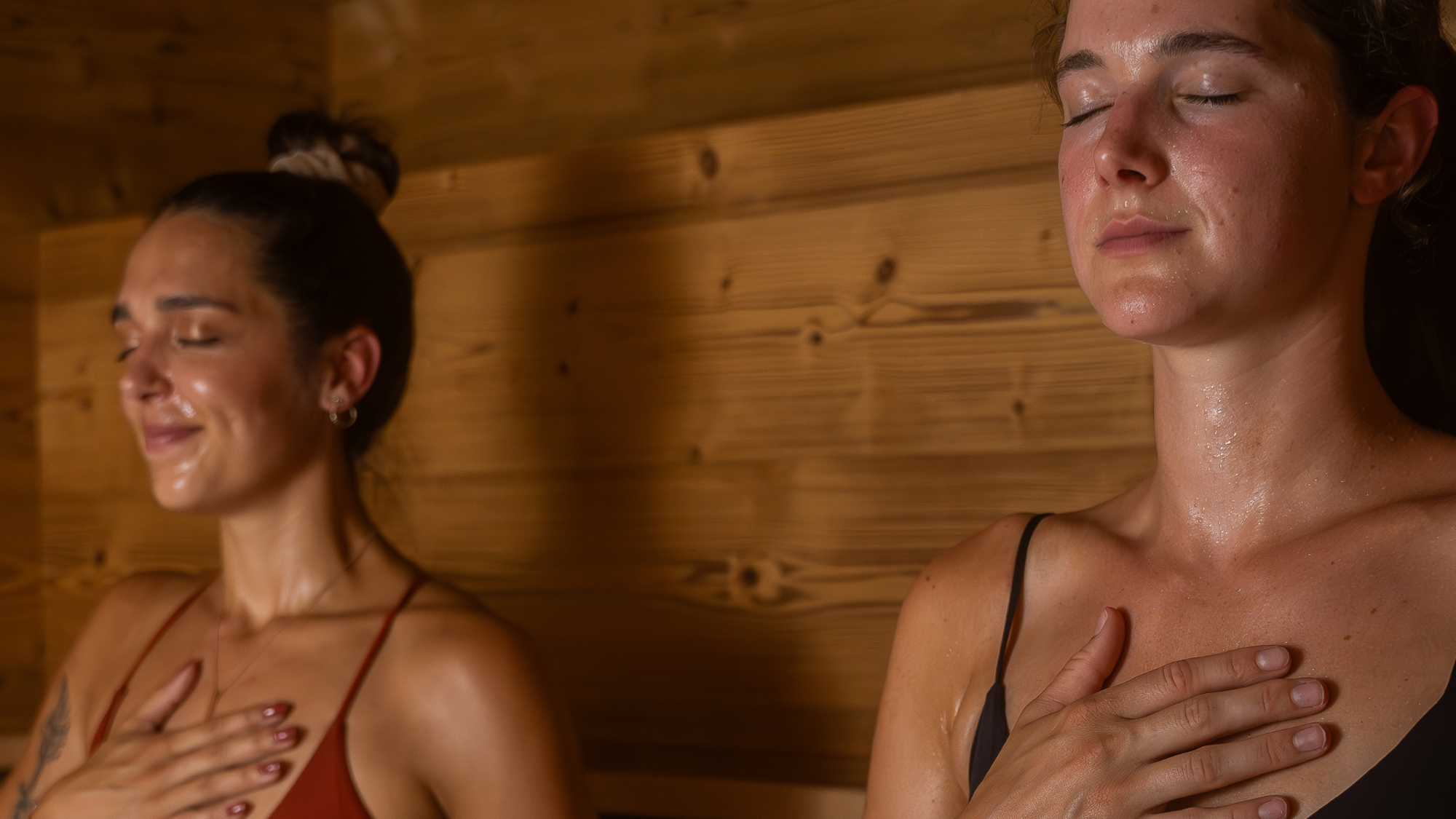

· Von Katharina Fojtl
Panikattacke: Was tun? Kann ich mir selber helfen?
Dein Herz rast, deine Brust fühlt sich eng an, deine Gedanken überschlagen sich – wenn Angst oder Panik einsetzen, fühlt es sich an, als würde dein Körper gegen dich arbeiten. Doch das Gegenteil ist der Fall: Dein Nervensystem versucht gerade, dich zu schützen.
Die gute Nachricht?
Du kannst aktiv eingreifen – mit deiner Atmung.
Einem Werkzeug, das du immer dabei hast!
Warum Atemtechniken bei Angst helfen
Angst versetzt deinen Körper in einen „Kampf-oder-Flucht“-Modus (Das sympathische Nervensystem wird aktiviert). Dein Herz schlägt schneller, deine Muskeln spannen sich an, deine Atmung wird flach und schnell – manchmal bis hin zur Hyperventilation.
Genau hier setzt die richtige Atemtechnik an: Durch langsames, bewusstes Atmen signalisierst du deinem Nervensystem, dass keine Gefahr besteht.
Die besten Atemtechniken gegen Angst & Panik
1. Box Breathing (4-4-4-4 Methode)
Diese Technik hilft, das Nervensystem zu beruhigen und den Fokus zurückzugewinnen.
🔹 So geht’s:
- 4 Sekunden langsam durch die Nase einatmen
- 4 Sekunden den Atem halten
- 4 Sekunden langsam durch den Mund ausatmen
- 4 Sekunden warten, bevor du wieder einatmest
- Wiederhole den Zyklus für mindestens 2 Minuten
💡 Das ist übrigens eine der am besten wissenschaftlich bewiesenen Methoden, um deinen Schlaf zu verbessern, Stress zu reduzieren und deine Stimmung zu heben.
2. Verlängertes Ausatmen (6-8 Atmung)
Längeres Ausatmen aktiviert den Parasympathikus, den „Ruhemodus“ deines Nervensystems.
🔹 So geht’s:
- 6 Sekunden tief durch die Nase einatmen
- 8 Sekunden langsam durch den Mund ausatmen
- Wiederhole dies für mehrere Minuten
💡 Generell hilft es immer, die Ausatmung länger zu ziehen als die Einatmung, um ruhiger und gelassener zu werden und Stress zu reduzieren. Das kannst du also ganz einfach immer wieder in deinen Alltag einbauen – auch ohne bis 6 oder 8 zu zählen.
3. Summende Atmung (Bienenatmung / Brahmari)
Diese Technik nutzt Vibrationen, um den Vagusnerv zu stimulieren.
🔹 So geht’s:
- Tief durch die Nase einatmen
- Beim Ausatmen einen summenden „Mmmm“- oder „Hmmm“-Ton machen
- Spüre die Vibration in deinem Körper
- Wiederhole es 5-10 Mal
💡 Der Vagusnerv sitzt in deinem Nacken. Wenn er aktiviert wird, schaltet er das parasympathische, also das ruhigere Nervensystem ein – und lässt dich so runterkommen. Das ist dann perfekt für innere Ruhe. Mach’s richtig: Es handelt sich nur um ein summendes „mmmm“, nicht um ein „Oohhm“ 😉
4. 5-Finger-Atmung (Soforthilfe bei Panikattacken)
Diese Technik hilft besonders, wenn du dich etwas stärker überfordert fühlst und/oder es dir schwerfällt, dich nur auf deine Atmung zu konzentrieren. So bleibst du vielleicht besser bei der Sache.
🔹 So geht’s:
- Lege eine Hand vor dich
- Fahre mit dem Finger der anderen Hand langsam an den Konturen deiner Finger entlang
- Einatmen beim Hochfahren, ausatmen beim Runterfahren
- Führe diese Bewegung bewusst aus, bis du dich ruhiger fühlst
Wann Atemtechniken dir helfen können
☑️ Bei ersten Anzeichen von Angst oder Stress
☑️ Während einer Panikattacke
☑️ Vor herausfordernden Situationen (z. B. Prüfungen, Präsentationen, Eisbaden)
☑️ Als tägliche Übung zur Stärkung deiner mentalen Resilienz
Atmung kurzgefasst
- Langsamer, bewusster Atem und längere Ausatmung (als Einatmung) = reduziert Stress, bringt dich ins parasympathische Nervensystem.
- Summen = aktiviert den Vagusnerv über die entstehende Vibration und gibt dir so extra Beruhigung für dein Nervensystem.
- Schnelles Atmen (insbesondere durch den Mund, auch „Hyperventilation“) = steigert deine Energie, aktiviert das sympathische Nervensystem und macht dich wacher und aufgeregter. Das ist bei Panik oder Angst zu vermeiden.
Dein nächster Schritt zu mehr Ruhe & Balance
Wenn du mehr über Atemtechniken erfahren willst und diese in Kombination mit anderen stressreduzierenden Maßnahmen wie Sauna und Eisbaden nutzen möchtest, schau doch mal in unseren Klassenplan und komme zu einer unserer Expert:innen-angeleiteten Klassen vorbei. Erfahre mehr über die Klassen-Typen hier.


